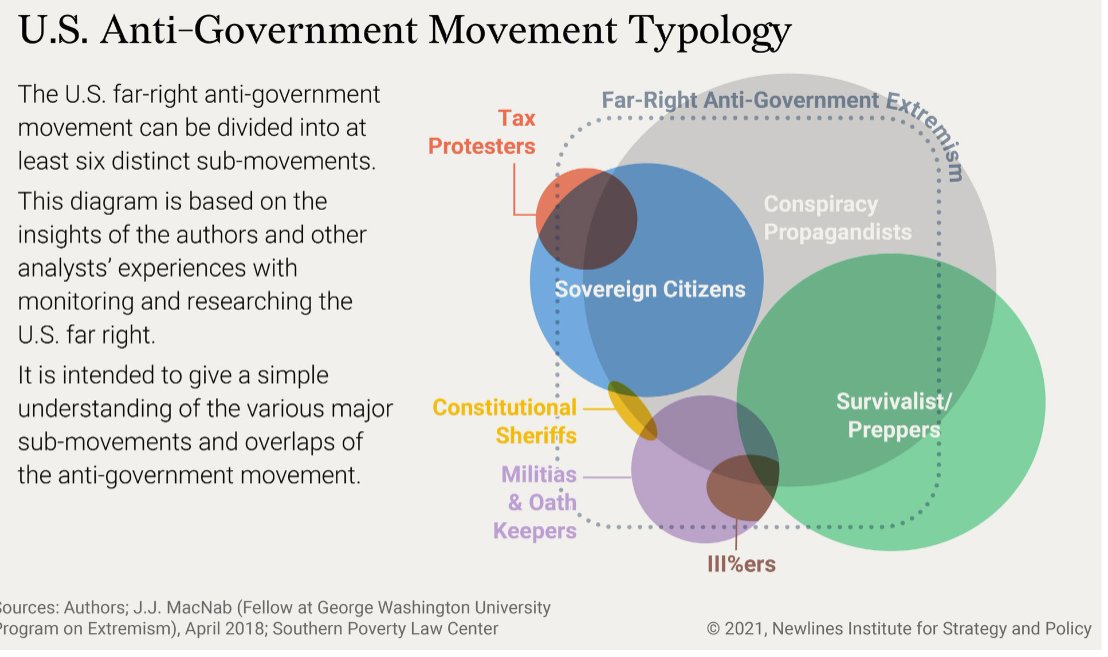
Getting ready to give a new presentation to students for @RUIntelStudies today about the uses (and abuses) of the word "terrorism".
Proto-versions of this generated some great discussions so fingers crossed for more of that!
Proto-versions of this generated some great discussions so fingers crossed for more of that!
So, this went *really* well. An amazing amount of interaction with the ~40 attendees (phenomenal questions) which isn't easy on a Zoom call.
Flash of panic before I started: Am I really going to try to talk to people about definitions for 90 minutes? Yes, damnit!
Flash of panic before I started: Am I really going to try to talk to people about definitions for 90 minutes? Yes, damnit!
The heart of the talk:
1) Tons of definitions
2) Lots of ways the word is used beyond definition
3) If you're using it in one context & audience is listening in another = trouble!
4) How analysts use is similar/different from law enforcement
5) My fave: case studies
1) Tons of definitions
2) Lots of ways the word is used beyond definition
3) If you're using it in one context & audience is listening in another = trouble!
4) How analysts use is similar/different from law enforcement
5) My fave: case studies
I like to walk them though the very same process we used in my shop when we were trying to determine is something was terrorism to show these questions have real world consequences. 

This opens up all sorts of opportunities for discussion. What's violence? Property damage?
How can we know intent?
When does a belief become an ideology?
How can we know intent?
When does a belief become an ideology?
Then cases: easy (9/11; Oklahoma City), harder (Las Vegas, Isla Vista). Difference from protests (Occupy, BLM).
Where are the subjective parts of definitions that would allow for 2 reasonable people to disagree?
Thanks to @RUIntelStudies & all the students!
Where are the subjective parts of definitions that would allow for 2 reasonable people to disagree?
Thanks to @RUIntelStudies & all the students!
• • •
Missing some Tweet in this thread? You can try to
force a refresh



